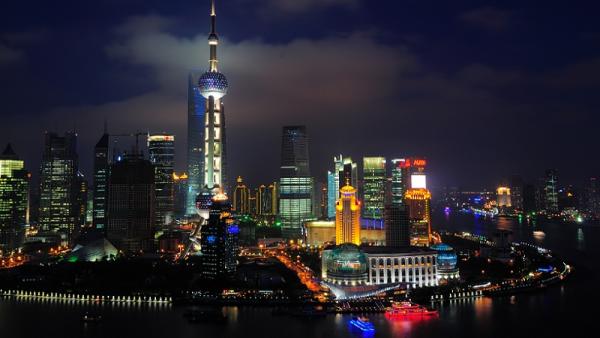China's 6.9 on target
/ Shutterstock

James Laurenceson, Deputy Director, Australia-China Relations Institute, University of Technology Sydney |
1. 6.9 percent growth meant China’s economy added 50 percent more purchasing power in 2015 than it did in 2010, when it was growing at 10.6 percent. That’s more RMB to be spent on Australian beef, dairy, etc.
2. Consumption accounted for 66.4 percent of China’s GDP growth in 2015. This was up 15 percentage points from 2014.
3. Retails sales grew at 10.7 percent in 2015. Independent data sources confirm robust household consumption. Westpac’s China Consumer Sentiment Index is higher now than it was a year ago.
4. Services grew at 8.3 percent in 2015, up from 7.9 percent in 2014. Independent data sources confirm robust services growth. The Caixin Services Purchasing Managers Index has consistently been above 50, meaning improving conditions, month on month.
5. The services sector now accounts for more than half of China’s GDP, 50.5 percent. That’s 10 percentage points more than the secondary sector (manufacturing and construction).
6. Conditions in the manufacturing sector are poorly reported. The official story is that industrial production fell to 6.1 percent in 2015, down from 8.3 percent in 2014. The Caixin Manufacturing Purchasing Managers Index has consistently been below 50. This is regularly reported as the manufacturing sector is contracting. That is incorrect. It means the growth rate is slowing: two very different things.
Author
Professor James Laurenceson, Deputy Director, Australia-China Relations Institute, University of Technology Sydney

